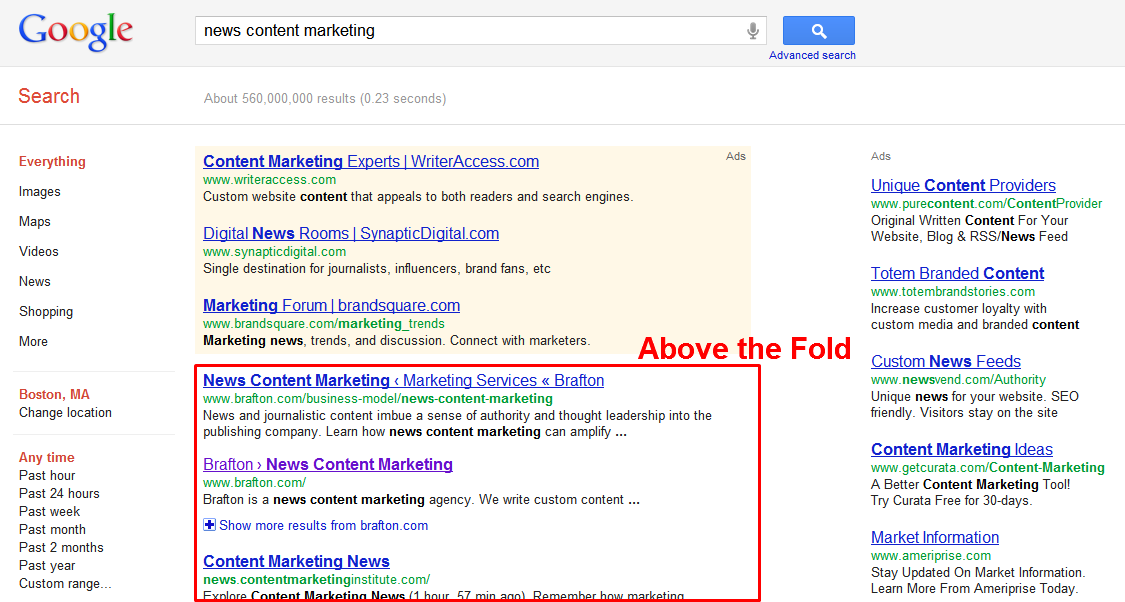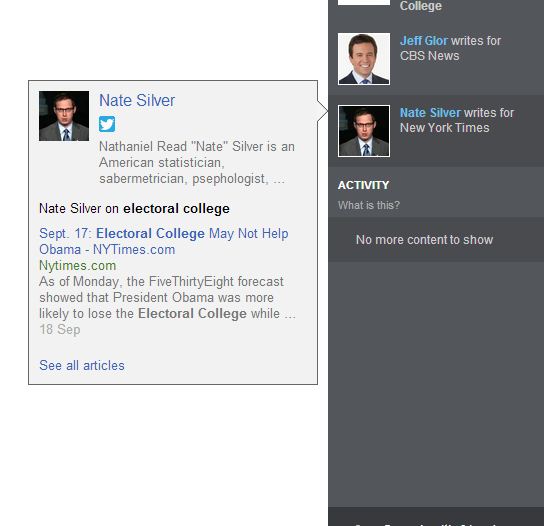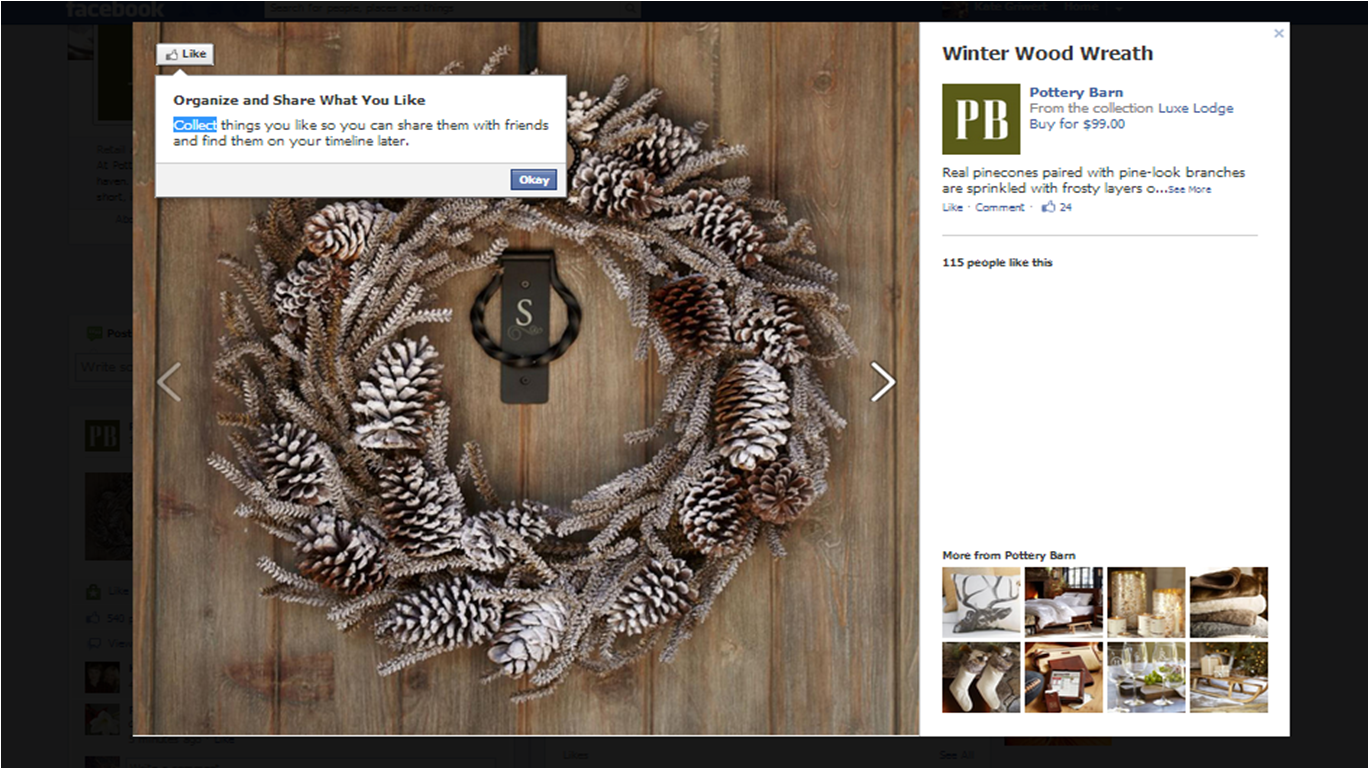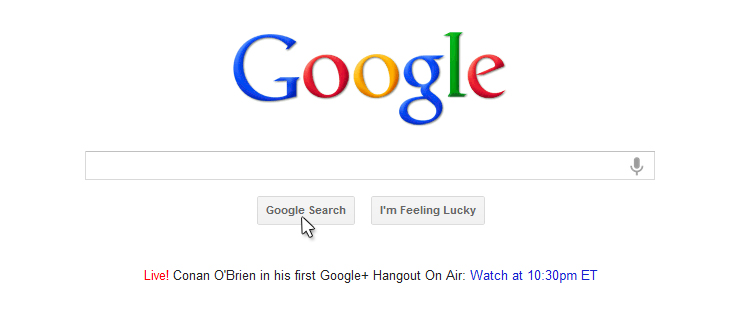SEO headlines in recent weeks have centered on content. Adjustments to both Panda and Penguin, Google’s most frequently discussed quality algorithms, dominated search news in the first week of October. Engaging articles and blog posts are the driving force of search marketing, but last week’s developments remind marketers that content presentation matters, too.
Google reiterated its commitment to user-friendly site design on Tuesday. Matt Cutts, the company’s distinguished engineer, announced an update to Google’s page layout algorithm through his Twitter account. According to Cutts, the change impacted about 0.7 percent of search queries. Google first rolled out the algorithm in January to penalize sites with excessive ads above the fold. Brafton reported that page layout and site design are likely measured by the company because they enhance user experience. Even with Panda and Penguin, Google’s motivation is delivering sites and content that satisfy users. Creating a site that allows visitors to quickly locate the content they want demonstrates a brand’s commitment to serving people.

Search trends
Treating Google’s algorithm updates as reminders of best practices for site design and content development can help marketers increase visibility on the web. Driving search position is a gradual process, but patience pays off, as a study from Compete.com illustrates. According to the report, 53 percent of organic search clicks go to sites listed as the top result for a query. The following links receive substantial attention as well, but traffic share decreases farther down the page. For example, the second result garners 15 percent of clicks, the third spot nets 9 percent. Given the amount of search activity occurring every day, results on the lower half of page one and onto page two still perform well. However, consistent content and site improvements that drive a site up search rankings secure measurably more clicks.
Brafton reported that organic search clicks are more rare for sites ranking on the third and fourth pages for certain queries than leading results. A study from AYTM Market Research released in February, found 74 percent of consumers typically don’t last more than three pages in search. Improving site content to warrant higher placement and greater authority is the only recourse for marketers.
The volume of Google searches makes it even more important to monitor search ranking after launching a content marketing strategy based on SEO. Market research firm comScore released its search rankings for September on Thursday, and the report pegged Google at 66.7 percent of queries. Compared to August, Google gained 0.3 percentage points, topping two-thirds of the market last month.
Search Engine Land initially shared the data on Wednesday and included yearly comparisons for Google and other major search queries. In the last 12 months, Google picked up 1.4 points, marking the biggest gain across studied search engines. Meanwhile, Brafton highlighted Yahoo’s ongoing struggles. The data showed Yahoo accounted for 12.2 percent of search in September 2012, continuing the company’s downward trend Since September 2011, Yahoo has fallen from 15.5 percent to its current position. Not only is the former search leader far behind Google, but it now ranks third behind Bing (15.9 percent).

Establishing authority highlights valuable sites
This year has been especially interesting for Bing, as the company gains ground in search and adds new features to its product. It added prominent authors to its social sidebar under the “People Who Know” tab. Directing users not only to relevant content, but also to the social profiles of experts demonstrates Bing’s commitment to providing relevant information. Brafton compared the integration of authors to Google’s recent rollout of Authorship.
Establishing authority through content requires consistent production, as well as diverse formats to reach different audiences. While news content marketing, white papers and other forms of written content are mainstays, video has become an increasingly popular and valuable addition. In fact, AYTM released survey results on Wednesday that found 85 percent of consumers regularly watch video marketing content on the web. However, marketers have some decisions to make regarding video sharing. Many believe video ads served before other content are a distraction negatively impacting viewer experience. Brafton reported that appealing to consumers with video requires an approach similar to search. Paid campaigns help, and they guarantee a certain number of prospects will see content. However, a more organic approach that includes creating a channel on YouTube and pairing videos with dedicated blogs may enhance natural discovery to give viewers better perceptions of brands.
Facebook’s latest marketing tool
Effective branding on the web requires as much storytelling as advertising. Sharing interesting content with users garners more attention and provides fuel for other channels. Social media marketing, specifically, benefits heavily from the production of interesting content. Mashable reported that Facebook has rolled out a new feature this week that may help brands using the platform create and share more relevant content. The highly anticipated Want tool allows a company to post a Collection of products that fans can use to indicate which items they want. Their activity is shared in their newsfeeds, which offers two great benefits for marketers: brand advocacy and potential gift-buying ideas.
Brafton detailed the feature’s capability on Tuesday, reporting that the move could be a precursor to a more robust form of social commerce. However, companies can currently include links within their collections that direct users to conversion pages on their own sites. Currently, the feature is available to a small number of Facebook marketing partners, and no timetable for full rollout is known.
As Facebook continues to add new features, web marketing becomes an even more dynamic field. This week, Matt Cutts is scheduled to appear at PubCon. His session begins at 12:45 p.m. on Tuesday, and his insights and answers will surely make news around internet marketing.




